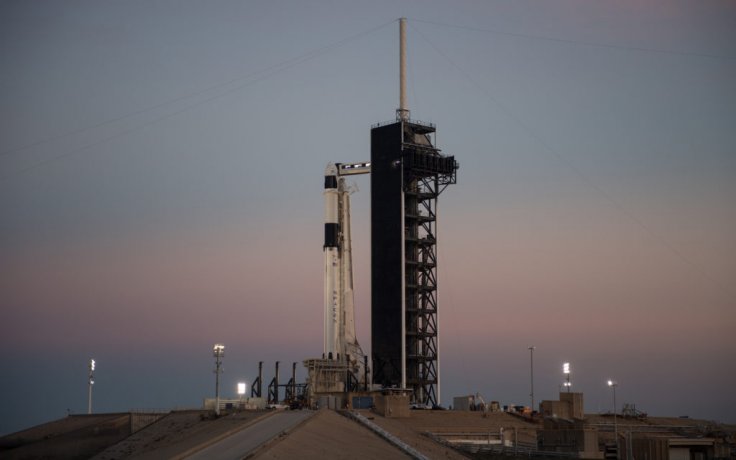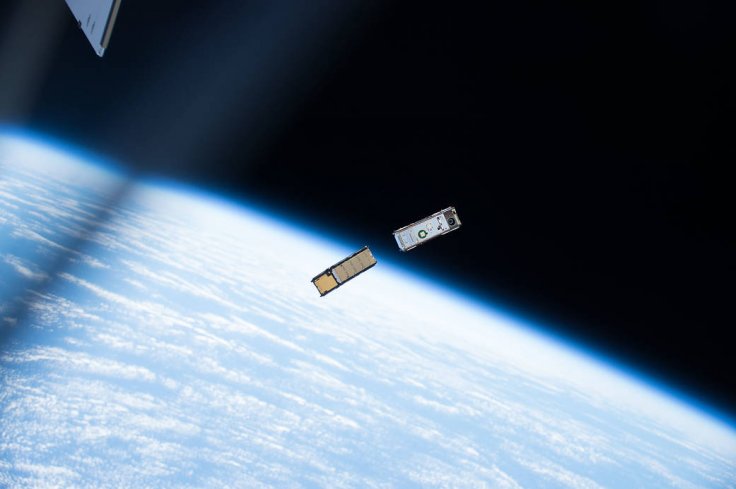
A couple of websites have launched new features that were specifically made to keep track of SpaceX's new Starlink satellites. Through these sites, sky gazers will be able to spot the satellites in the sky. SpaceX officially launched its latest batch of Starlink satellites earlier this week. Like the initial launch of Starlink in May, the new batch consists of 60 satellites.
Marco Langbroek, a satellite tracker from the Netherlands, said that the new Starlink satellites should be more visible than their predecessors primarily because they were launched by SpaceX at a lower operational altitude. However, due to current weather conditions in various regions, the new satellites might only be visible for a couple of nights.
"Due to the date and time of launch, conditions for visibility are not so good for Northwest Europe, where I am, nor indeed for the US, as they were in May," Langbroek said in a statement to Space.com.
"Because they seem to aim for a lower operational orbital altitude (350 km) than the previous 60 did (those were inserted at 440 km, so already 100 km higher than what this new batch of 60 aims for, and eventually were brought to 550 km), I expect these new objects to stay relatively bright, i.e. naked eye objects," he added.

As long as weather conditions are favourable, sky gazers will be able to spot SpaceX's Starlink satellites without the use of telescopes or binoculars. They may do so with the help of a couple of websites that keep track of the satellites' location above Earth.
One of these is the website N2Y0. Upon opening this site, it will automatically detect the user's general location. The site will then display the necessary information showing when the Starlink satellites will pass over the region where the user is.
Another helpful satellite sky gazers can use is Heavens Above. This website recently launched a new page that tracks the movement of Starlink. To use the site, users will have to input their location in order to find out when the satellites will be visible to them.
The site CalSky is also a satellite-tracker that monitors the movement of Starlink units. Through this site, users can input the exact official number of each satellite in order to track its current location.









